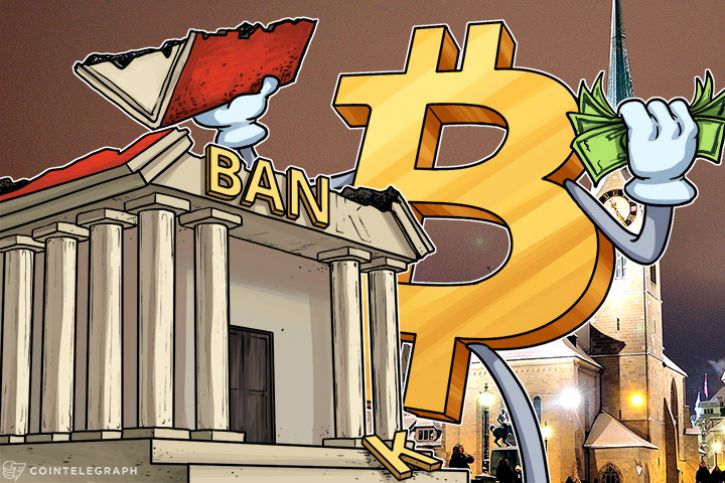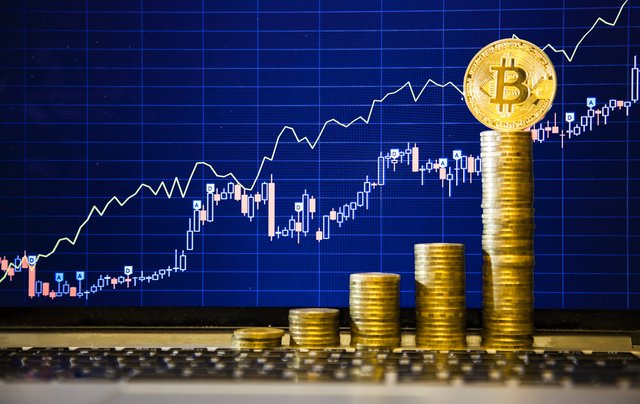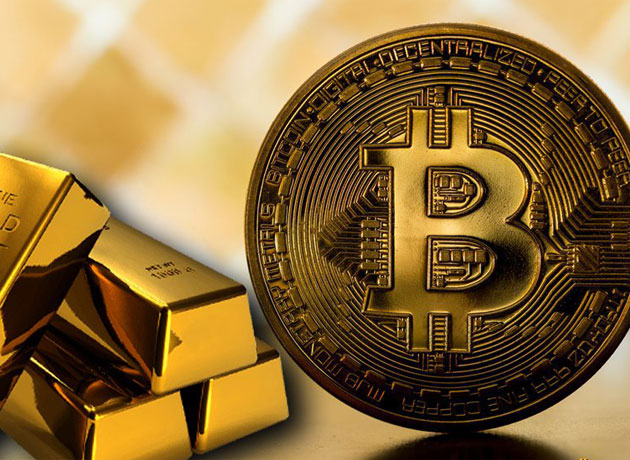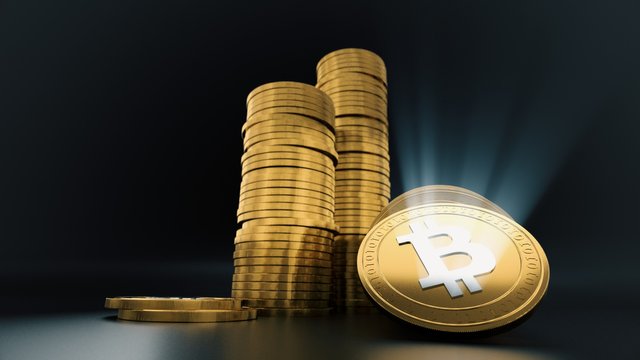Bitcoin market and its possibilities
We are approaching the end of the chaotic 2008: Lehman Brothers, one of the traditional investment banks of Wall Street, declares bankruptcy before the astonished gaze of the financial world. Bank of America buys Merrill Lynch for a ridiculous amount to save it from bankruptcy. The US government abandons its policy of free market capitalism and launches the TARP (Troubled Asset Relief Program) for 700 billion dollars. It is a lifeline for a financial system on the edge of the abyss.
In the middle of all this pandemonium is the domain Bitcoin.org and a mysterious Satoshi Nakamoto publishes the paper that gives rise to bitcoin.
The cryptoactive was gaining popularity. It was thought that he was called to compete against the dollar and the rest of the currencies of the world powers, but the future of history wanted something more ambitious for him: around the bitcoin appeared a new industry of organizations that apply blockchain technology (stone angular of the cryptoactive) and grew until today achieving a market value that exceeds 400 billion dollars (400 billion for us), a still modest figure for the expected expansion.
Its detractors affirm that it is all a bubble, while the most enthusiastic actors (programmers, .com "veterans", innovative investors, geeks, etc.) affirm that the new technology is here to stay and will soon change the world with its conception. decentralized relations between people and institutions.
To better understand what is happening and its scope, we will analyze the crypto world based on the markets where it is beginning to compete: the currency market, the capital market and the gold market.
Bitcoin vs. Coin market

According to the site "The money project", the market value of globally issued coins is 90.4 trillion dollars (in the US it is denominated trillion to one trillion dollars).
Since its genesis, bitcoin (current market value: 186 trillion dollars) is called to compete with what its followers call fiat money (money fiduciary) or money 1.0. But it is not the only one: litecoin (market value: 11 trillion dollars), bitcoin Cash (market value: 21 trillion dollars) and dogecoin (market value: 650 million dollars) are other cryptoactives that are written down in this career.
All of them share characteristics that make them twin: they are 100% digital, they run on blockchain, they have low transaction costs, they offer the possibility of autocustody to their holders, they are difficult to regulate and impossible to hack. In addition, they are global.
What gives them value? In principle, the same thing that gives value to a bill of 100 dollars: nothing physical or tangible but rather an illusion.
Moreover, cryptocurrencies do not carry debts, their issuance is limited in advance in order to avoid devaluations and inflation and are not regulated by any Central Bank that can use them for the benefit of the government in office.
The current market value of all the added critpoactives, including those that do not operate in the coin market like the Ethereum platform, is, as we said, of 400 billion dollars, just over 0.4% of the total market value of the traditional coins.
Thinking that these new crypto can replace the global monetary base sounds crazy, but what would happen if, over the years, people (among which is a huge group of millennials living "stuck" to the screen of your cell phones and for whom digital money really makes sense) changes 10% of your monetary holdings for this 2.0 money?
In that case, the current prices of the cryptoactives should multiply several times to go from the current 0.4% lean to the aforementioned 10% market share.
Bitcoin vs. Capital market

The current market value of global exchanges at the aggregate level is 73 trillion dollars. The bitcoin and other cryptoactives added represent 0.54% of that value.
Can the crypto-active market compete with the traditional capital market? Yes. Let's deepen the idea:
First, the Ethereum platform gave birth to the ICO (Initial Coin Offering), which compete with the traditional IPO (Initial Public Offering) for millions of dollars. They are token emission systems (similar to shares but with other rights than the same) by which new companies attract capital from risky and enthusiastic investors, but without having to go through the thousand and one regulations of control bodies as the SEC (Security and Exchange Commission).
On the other hand, there are exchanges (exchange houses) of cryptoactives such as Coinbase, Xapo or Poloniex (recently acquired by Circle for US $ 400 million) where you can trade cryptoactives in the same way that shares are traded, although with less requirements for opening an account and lower fees.
Bitcoin vs. Gold market

The current value of the gold market is 7.7 trillion dollars. Cryptoactives represent 5% of that market.
The twins Winklevoss (co-founders of Facebook, investors of the first hour in bitcoins and owners of the exchange Gemini) have been asserting for a couple of years that the cryptocurrency par excellence will compete with gold and will surpass it comfortably given its intrinsic characteristics: it stores and transports easily, it can be divided without problems, it is a scarce asset like gold and imposes, like the yellow metal, costs that limit its extraction (mineo).
The idea of a bitcoin acting as a store of value is based not only on financial speculation and ambition but also, and fundamentally, on its usefulness in economies that are changing paradigms and operating with an increasingly digital logic.
It is not illogical to project a market of cryptoactives competing hand in hand with the NASDAQ (market of technological companies of the USA) in the first instance and expanding beyond to reach an even bigger audience.
Conclusion
The potential competitiveness of bitcoin and other cryptoactives is not limited to the aforementioned fields: private currencies (Monero, Zcash, Dash and Bitcoin Private) could also compete with the offshore market, whose value is enormous and difficult to measure.
Crypto Steem (that latter raised 20 million dollars from investors to compete with YouTube) could and will surely compete in the appetizing market for social networks.
Lending wants to become the bank of the future, keeping a part of the market value of the banking system. And the list goes on.
As you can see, while our lives continue their course, in different parts of the world a technological revolution is brewing that promises to change everything.
The question we must ask ourselves is: are our investment portfolios ready to adapt to the changes?
Each of us must answer it first and act accordingly afterwards. For now, in this column we will continue analyzing the evolution of this exciting market.
